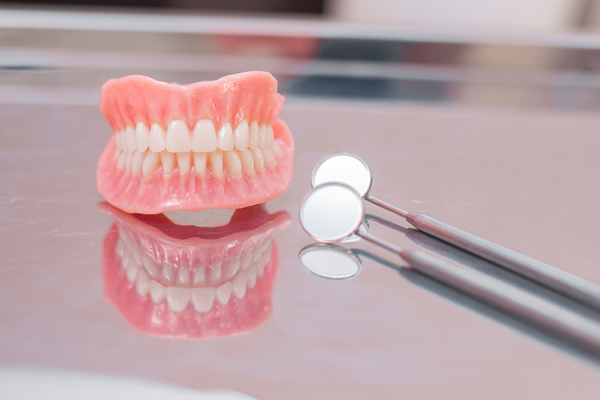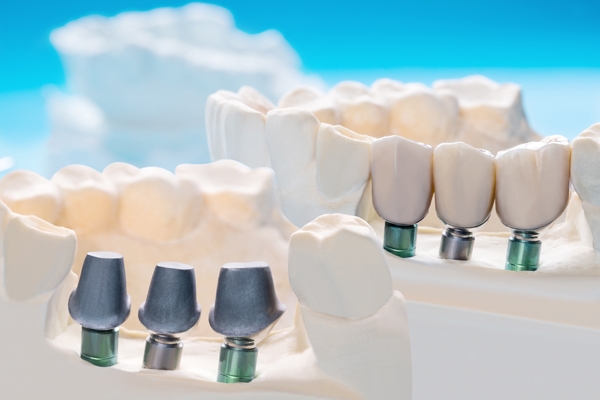A General Dentist shares about Tooth Anatomy and Why the Tooth Root, Enamel, Dentin and Pulp Are Vital

Has the anatomy of your teeth ever crossed your mind, like what makes up the tooth and helps it perform its functions? A tooth consists of the enamel, cementum, dentin, root, and the pulp.
When a tooth suffers trauma, especially to the enamel, it becomes prone to cavities, which may degenerate into a severe oral condition like gum disease. Knowing the parts of the teeth and the vital roles they play is essential to keep your oral cavity healthy, along with adequate oral care and dental checkups. Below are significant parts of the tooth anatomy and their roles.
Tooth enamel
The enamel is the protective shield that covers the exterior part of the tooth. It consists of hard minerals, such as calcium phosphate. The enamel is the hardest material on the human body and usually is hardy against cavity-causing bacteria. The mineral composition makes the enamel translucent.
Dentin
The dentin makes up the greatest part of the tooth structure. It has similar features to the bone and is located beneath the enamel and the cementum. In contrast to the enamel that covers the teeth, the dentin is somewhat self-healing. This means that if the dentin deteriorates over time or due to cavities, the second layer of dentin will develop.
The dentin is a critical component of dental health — exposure causes tooth sensitivity, and excess degradation may cause oral health diseases.
The root
The root not only holds the tooth in the jawbone, but it also ensures the jawbone remains healthy. The pulp is located in the root canal and is the only living section of the tooth. It is made up of nerves, living tissues, and arteries. The root keeps the pulp alive by transporting blood and nutrients to it from the jawbone. When you chew or bite, the tooth root promotes the transfer of vitamins and nutrients to the jawbone.
Knowing the benefits of the root to the jawbone’s health is crucial because you lose the root when you lose the tooth. This means the jawbone will no longer get stimulations (for strength and health) from the root. Without stimulation, resorption will occur, meaning the jaw with retrogressively deteriorate or recede, causing speech issues and biting problems.
Pulp canals
The pulp is located in the tooth root, right in a hollow chamber. The number of chambers can range from one to three, depending on the type of tooth, and it houses the pulp and tooth root. This part of the tooth is highly sensitive and is tasked with ensuring the proper flow of blood and nutrients in the tooth to keep it alive.
Damage to the tooth due to severe tooth decay or injury often requires root canal treatment to prevent the need for tooth removal.
Final note
To prevent jawbone loss or any oral disease, you need to practice proper oral hygiene. Knowing the basics of tooth anatomy will give you insights into the causes of oral health conditions so that you can teach your children about the importance of proper oral hygiene habits. If you have any more questions about oral hygiene, talk to one of our dental health professionals today.
Request an appointment here: https://www.schommerdental.com or call Schommer Dental at (563) 272-2331 for an appointment in our Davenport office.
Check out what others are saying about our dental services on Yelp: Teeth in Davenport, IA.
Recent Posts
Are you looking for more information about denture adhesives? When you need to wear dentures so you can achieve good oral health, it is important to understand everything there is to know about dentures, including proper denture care. Denture care also includes potentially wearing denture adhesives.According to the Food and Drug Administration, in most cases,…
An implant dentist uses artificial tooth roots to anchor a restoration for a lost tooth or teeth. By replacing the lost tooth roots, dental implants provide you the strength and stability needed to chew food and perform other oral functions. Also, they help to stimulate and preserve jawbone structure, stopping bone loss, and maintaining facial…
Individuals that have recently been diagnosed with sleep apnea may be considering all of the different options for treatment in order to get a restful night of sleep. While one may feel like a cumbersome sleep machine, such as a bi-PAP or CPAP, is the only option, there may be some less invasive options that…
There are many options that you can consider when looking at partial dentures. They can come in several different materials and varieties. Let’s take a look at each one, taking both the pros and the cons into account.Acrylic dentures are probably the most commonly used variety. There are several benefits to them. First, they can…


